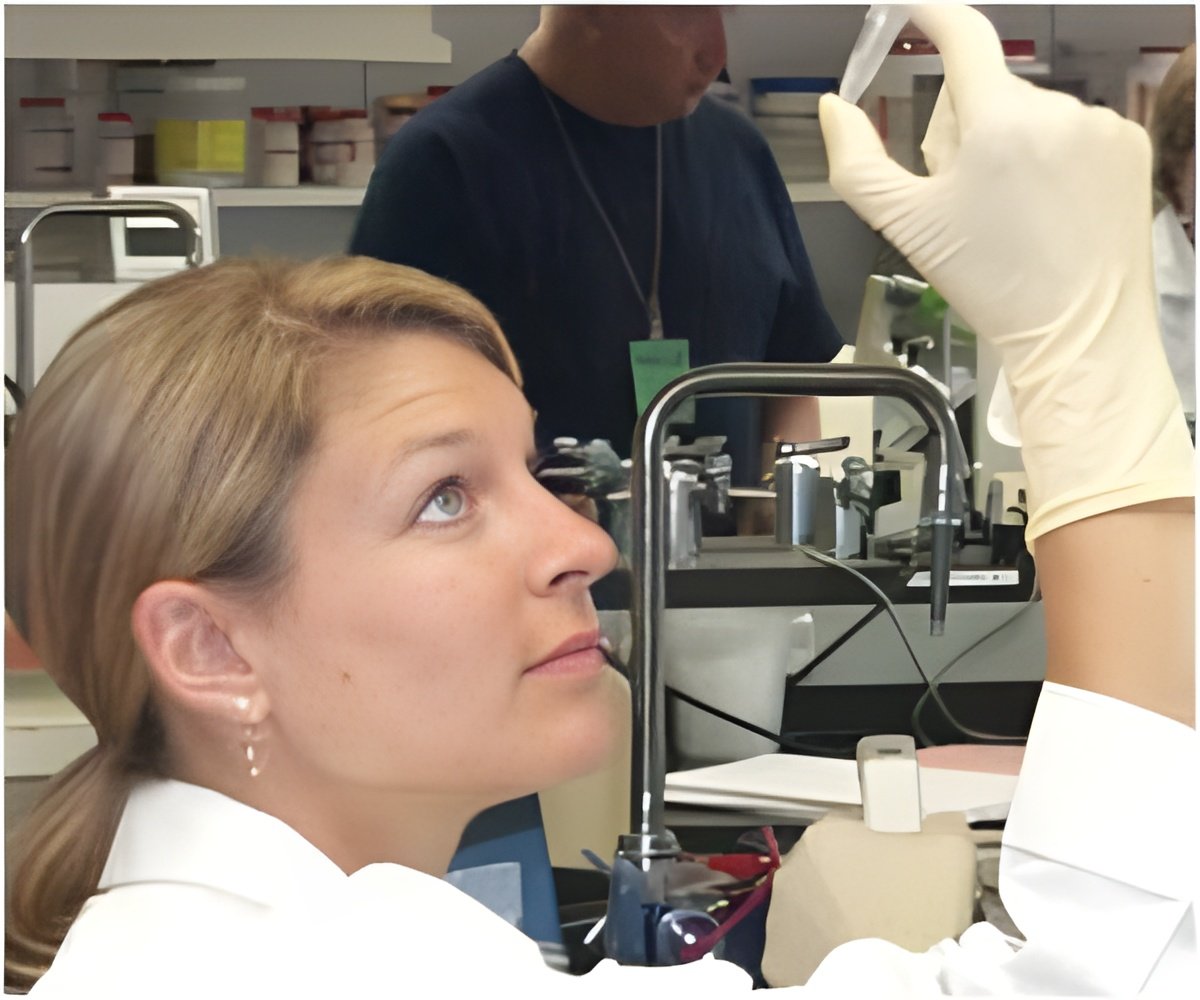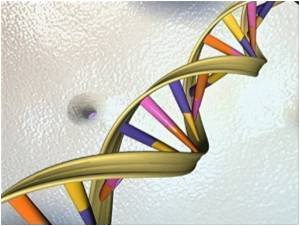
The Hirisplex system could allow investigators to narrow down a large group of possible suspects.
Predicting phenotypes - outward traits such as hair colour or eye colour - from DNA information is an emerging field in forensics.
An important current approach, known as genetic profiling, involves comparing crime scene DNA with that from a suspect or with a profile stored in a database.
But this relies on the person either being among a pool of suspects identified by the police or having their profile in a DNA database.
According to Prof Manfred Kayser from Erasmus University Medical Center in Rotterdam, the Netherlands, who led the study, tools such as Hirisplex could be useful in those cases where the perpetrator is completely unknown to the authorities.
Advertisement
"The test is very sensitive and produces complete results on even smaller DNA amounts than usually used for forensic DNA profiling," he added.
Advertisement
The test system includes the six DNA markers previously used in a test for eye colour known as Irisplex, combining them with predictive markers for hair.
In the study, the authors used Hirisplex to predict hair colour phenotypes in a sample drawn from three European populations.
On average, their prediction accuracy was 69.5 percent for blonde hair, 78.5 percent for brown, 80 percent for red and 87.5 percent for black hair colour.
Analysis on worldwide DNA samples suggested the results were similar regardless of a person's geographic ancestry.
The team was also able to determine, with a prediction accuracy of about 86 percent, whether a brown-eyed, black haired person was of non-European versus European origin (excluding some nearby areas such as the Middle East).
The findings are published in the journal Forensic Science International: Genetics.
Source-ANI















